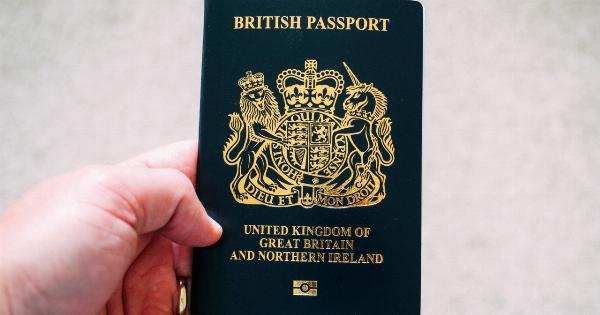Influenza, commonly known as the “flu,” is a highly contagious respiratory illness caused by the influenza virus.
The 1918 flu epidemic, also known as the Spanish flu, was one of the deadliest pandemics in history, affecting millions of people worldwide. In this article, we will take a closer look at the outbreak and its devastating impact.
What is the 1918 Flu Epidemic?
The 1918 flu epidemic was a global pandemic that spread from 1918 to 1919. It is estimated that 500 million people, or one-third of the world’s population, were infected with the virus.
The pandemic caused at least 50 million deaths worldwide, making it one of the deadliest epidemics in human history.
Origin of the 1918 Flu Epidemic
The exact origin of the 1918 flu epidemic remains unclear. However, it is thought to have originated in the United States, in either Kansas or New York.
From there, it rapidly spread across the world as soldiers and sailors traveling during World War I carried the virus with them.
Symptoms of the 1918 Flu Epidemic
The symptoms of the 1918 flu epidemic were similar to those of seasonal influenza. However, the severity of the illness was much greater. Some of the most common symptoms included:.
- Fever
- Cough
- Sore throat
- Body aches
- Headache
- Fatigue
In severe cases, patients experienced respiratory failure or pneumonia, which often led to death. The high mortality rate of the disease was due in part to secondary bacterial infections that often followed the influenza infection.
The Impact of the 1918 Flu Epidemic in the United States
The 1918 flu epidemic hit the United States hard, with an estimated 675,000 deaths and more than 25 million people infected. The outbreak caused widespread panic, with many people wearing masks in public to try to prevent the spread of the disease.
Schools, theaters, and other public places were closed to prevent further transmission of the virus.
The epidemic also had a profound impact on the US military, with more than 40% of soldiers becoming infected. The virus spread quickly through military camps, and at least 43,000 soldiers died from the illness.
As a result, the US military was forced to cancel many planned offensives during the war.
Treatment and Prevention of the 1918 Flu Epidemic
At the time, there was no effective treatment for the flu, and antibiotics had not yet been developed. Doctors were left with few options beyond supportive care, such as hydration and oxygen therapy.
In some cases, doctors used experimental treatments such as blood transfusions to try to boost the immune system.
Prevention was the best option for fighting the flu. Public health officials urged people to practice good hygiene, such as washing their hands frequently, to prevent the spread of the virus.
During the epidemic, many cities and towns closed schools, churches, and other public places to prevent large gatherings of people, which could accelerate the spread of the virus.
The Legacy of the 1918 Flu Epidemic
The 1918 flu epidemic was a devastating event that had a lasting impact on public health and medicine. It led to significant improvements in the understanding of influenza and the development of vaccines to prevent future outbreaks.
The pandemic also underscored the need for strong public health infrastructure, particularly in times of crisis. Today, public health officials use the lessons learned from the 1918 flu epidemic to better prepare for and respond to pandemics.
In Conclusion…
The 1918 flu epidemic was a catastrophic event that had a profound impact on the world.
While we have come a long way in our understanding of the flu and our ability to prevent and treat it, we must remain vigilant in our efforts to control the spread of the virus. By practicing good hygiene and following public health guidelines, we can help prevent future outbreaks and protect ourselves and our communities.

























